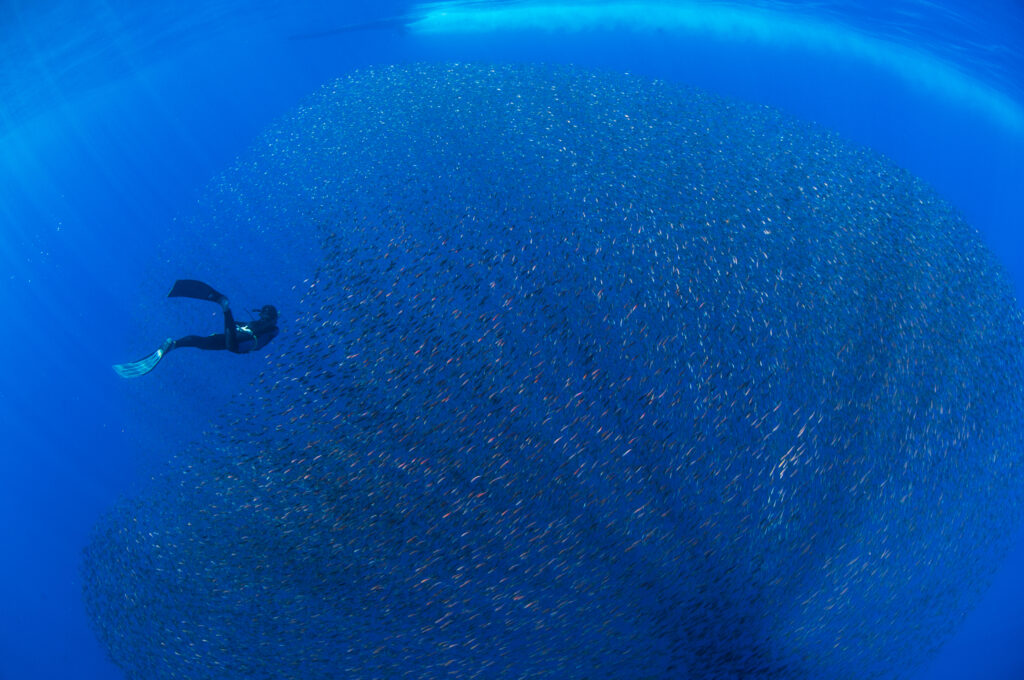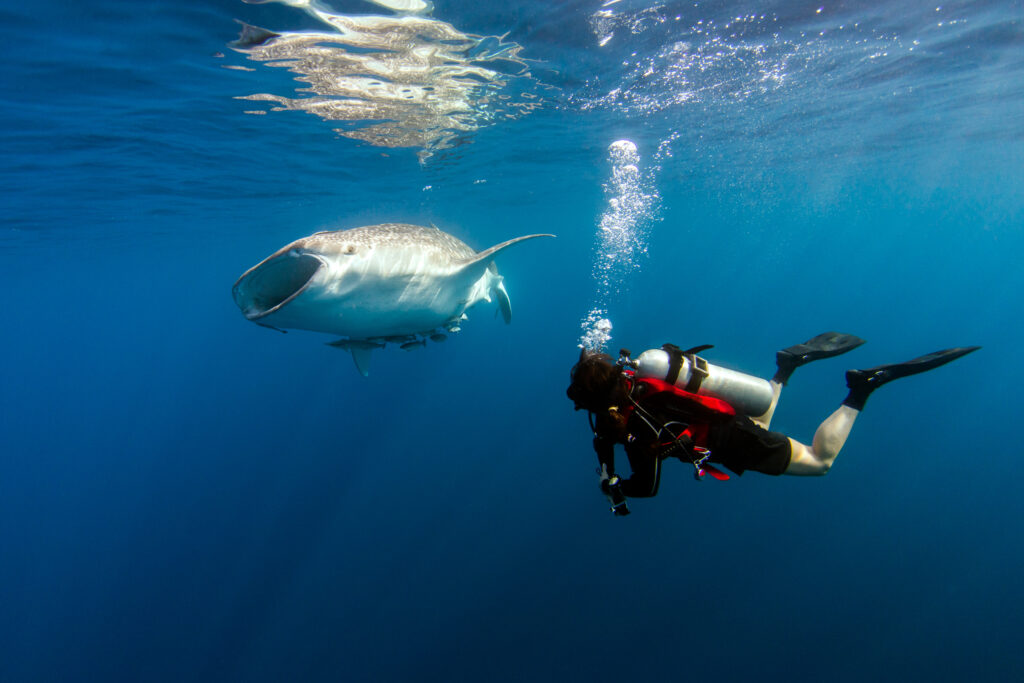What is a Jon Line?

A jon line is a specialized piece of equipment used by scuba divers to maintain a stable position underwater, particularly during decompression stops in strong currents. It is essentially a length of cord or webbing, typically around 1.5 to 2 meters (4.9 to 6.6 feet) long, equipped with a clip or carabiner at one end and sometimes a handle or loop at the other. The term “jon line” is derived from its creator, Jon Hulburt, a diver who saw the need for such a tool to aid divers in holding their position without expending excessive energy. In technical and recreational diving, the jon line has become a crucial tool for ensuring safety and reducing physical exertion during prolonged stops.
What is Visual Inspection?

Visual inspection in scuba diving refers to the systematic examination of diving equipment to ensure its safety and functionality. This process is vital in identifying potential issues that could compromise a diver’s safety. Given the high-risk nature of scuba diving, regular visual inspections are crucial for preventing equipment failure that can lead to serious accidents. This article delves into the history, purpose, techniques, common issues, and standards associated with visual inspections in the diving industry.
What is Recreational Scuba Diving?

Recreational scuba diving is a popular underwater activity enjoyed by millions of people around the world. It allows individuals to experience the underwater environment firsthand, encountering marine life and underwater landscapes that are typically inaccessible. Unlike commercial or military diving, which focuses on tasks such as underwater construction or defense, recreational scuba diving is primarily for enjoyment and adventure. It involves using a self-contained underwater breathing apparatus (scuba) to breathe underwater, enabling divers to spend extended periods submerged. This activity has grown significantly in popularity due to its appeal to adventurers and nature enthusiasts alike.
What is Trimix?

Trimix is a specialized breathing gas mixture used by technical divers to safely reach greater depths than what is achievable with air or nitrox. Comprising oxygen, nitrogen, and helium, trimix helps mitigate the risks associated with deep diving, such as nitrogen narcosis and oxygen toxicity. By reducing the proportion of nitrogen and oxygen in the breathing mix, trimix allows divers to explore depths well beyond recreational limits while maintaining a safer physiological profile.
What is a No Stop Dive?

A no stop dive, also known as a no decompression dive, is a type of scuba diving where divers can ascend directly to the surface without having to make mandatory decompression stops. These dives are characterized by staying within certain depth and time limits to avoid the need for decompression, which occurs when dissolved gases, primarily nitrogen, form bubbles in a diver’s body during ascent. The practice is crucial for recreational diving as it emphasizes safety and proper planning. Understanding the concept and adhering to the guidelines can prevent decompression sickness, making no stop dives a fundamental aspect of safe diving practices.
What is Surface Consumption Rate?

The Surface Consumption Rate (SCR) is a critical concept in scuba diving that quantifies a diver’s gas usage under standardized surface conditions. This value is measured in units such as pounds per square inch (psi), bars, or cubic feet per minute (CFM). SCR is an essential metric for calculating a diver’s air consumption at different depths and plays a significant role in dive planning. Having an accurate understanding of one’s SCR is key for determining the duration of a dive, ensuring a safe and well-managed air supply throughout the dive.
What is Travel Gas?

Travel gas is a critical component in the world of scuba diving, particularly in the practice of technical diving. This term refers to a specific mixture of gases used by divers to ensure safe and efficient ascents and descents. Unlike recreational diving, which typically involves straightforward gas mixtures like air or enriched air nitrox, technical diving requires more complex planning and gas management. Travel gas plays a vital role in mitigating the risks associated with deep and extended dives, such as decompression sickness and nitrogen narcosis. Understanding its composition, planning, and application is essential for divers aiming to extend their underwater capabilities safely.
What is Free Flow?

Scuba diving is an immersive underwater experience that offers divers a glimpse into the unique marine environment. To safely navigate these depths, divers rely on specialized equipment, with one of the most critical components being the demand regulator. This device controls the flow of air from the tank to the diver, ensuring they receive air at the appropriate pressure. However, like any mechanical equipment, the regulator can malfunction, and one specific issue is known as “free flow.” This malfunction can result in continuous air flow from the regulator, regardless of the diver’s input, potentially depleting the air supply quickly and leading to serious safety concerns.
What is a Unbalanced Regulator?

The unbalanced regulator, a once dominant piece of scuba diving equipment, is a technology rooted in the sport’s history. This device, which regulates the high-pressure air from the scuba tank to a breathable pressure for the diver, is distinguished by its susceptibility to changes in tank pressure. Though largely phased out in favor of balanced regulators, the unbalanced regulator remains a key reference point in understanding the evolution of diving equipment and safety.
What is Oxygen Therapy for Scuba Divers?

Oxygen therapy is a medical treatment that involves breathing pure oxygen or a gas mixture containing more than 21% oxygen. This method has been proven beneficial for various medical conditions and emergencies, such as decompression sickness, carbon monoxide poisoning, and hypoxia. In the context of scuba diving, oxygen therapy plays a vital role in promoting diver safety and ensuring a swift recovery from diving-related incidents.
